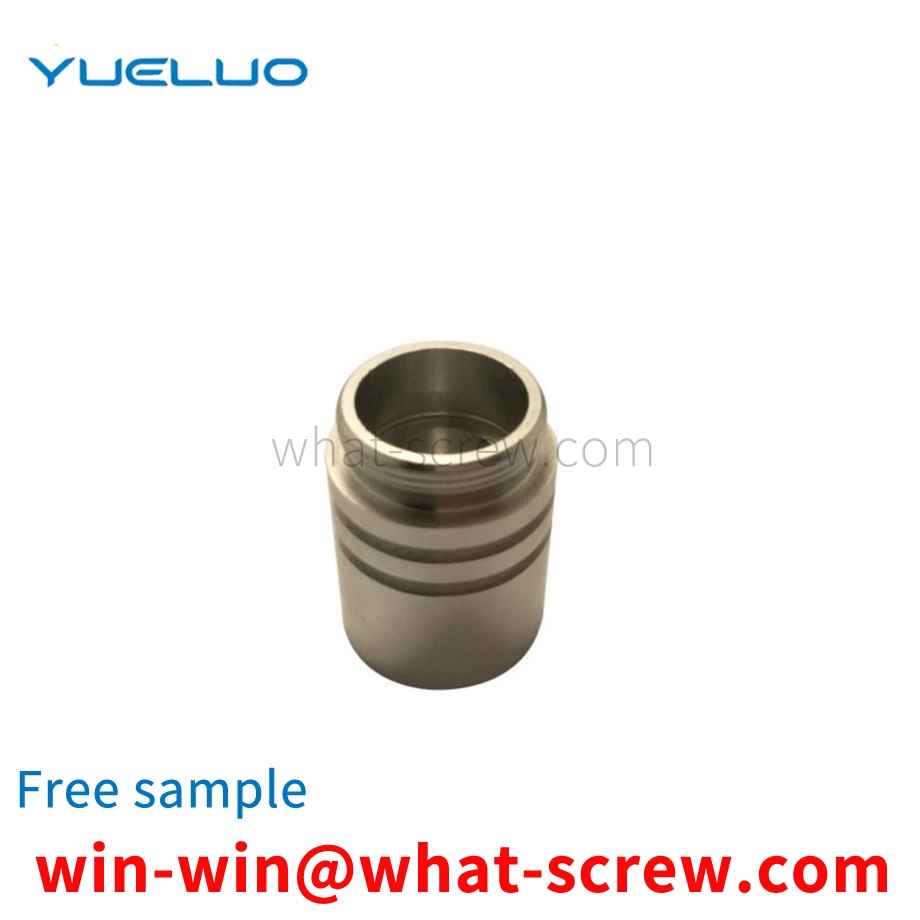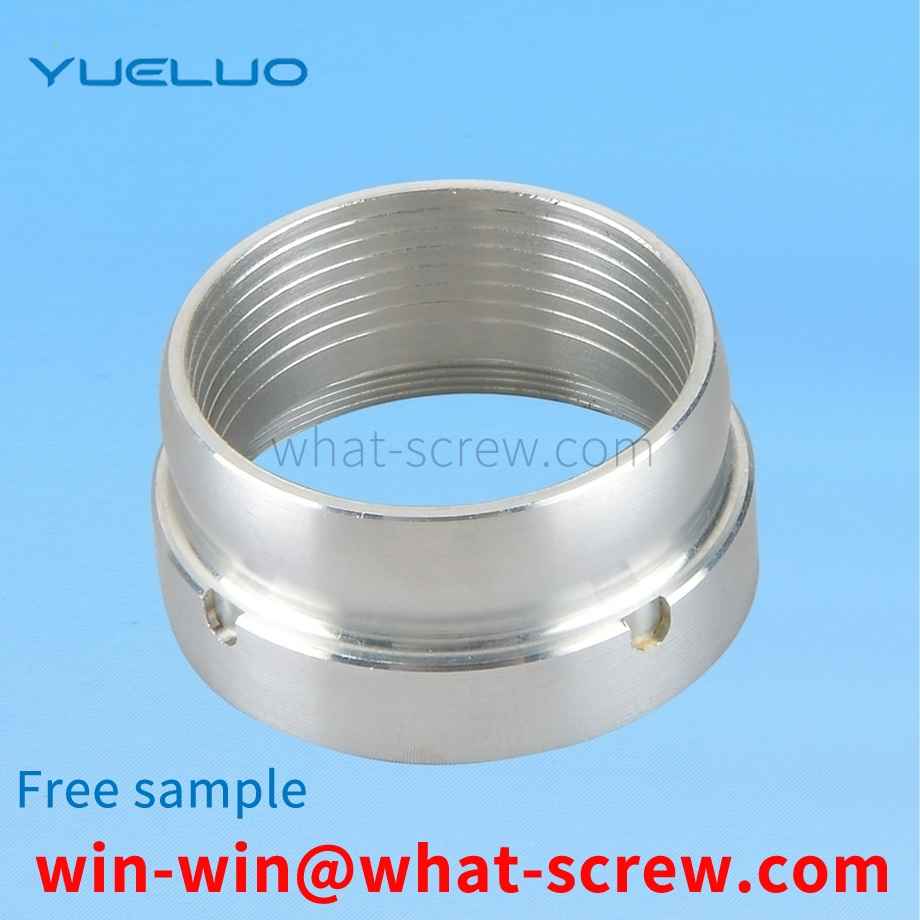The following standards contain provisions which, through reference in this standard, constitute provisions of this standard, and at the time of publication of this standard, the editions indicated were valid. All standards are subject to revision and parties using this standard should explore the possibility of using the latest edition of the following standards. GB/T90-1985 Fasteners Acceptance Inspection, Marking and Packaging -1985 Cross recessed screws GB/T1237-2000 Fastener marking method GB/T3098.1-2000 Mechanical properties of fasteners Bolts, screws and studs GB/T3098.6-2000 Mechanical properties of fasteners, stainless steel bolts, Screws and studs GB/T3098.10-1993 Mechanical properties of fasteners Bolts, screws, studs and nuts made of non-ferrous metals GB/T3103.1-1982 Fastener tolerances Bolts, screws and nuts GB/T3106-1982 Bolts , The nominal length of screws and studs and the thread length of ordinary bolts -2000 Fastener surface defect bolts, screws and studs, general requirements GB/T16938-1997 Fastener bolts, screws. Studs and nuts general technical conditions
A hand screw is a screw with a plastic head, and the user fixes the hand screw by turning the plastic head by hand. At present, a hand screw is disclosed in the market publication number CN202203253U, which includes a plastic head and a screw rod, the plastic head and the screw rod are connected together, and the height of the plastic head is higher than that of an ordinary screw, and the height is 13 cm. The screw of the hand screw is fixed in the plastic head by glue. After a period of use, the aging of the glue leads to the loosening of the screw and the plastic head. When the plastic head is stressed, the screw rod comes out of the plastic head, which affects the normal use of the hand screw.
Align the four positioning holes 12-5 of the spring washer positioning plate 2 with the four positioning columns 4 of the screw tray 1, and place them on the screw tray 1. Several screws 5 are passed through the lower positioning plate 12-2 in turn. The spring washer hole 2-7, the opening slot 12-32 of the baffle plate 12-3, the inner ring of the spring washer 7 in the spring washer hole 2-7 of the upper positioning plate 12-1, hold the spring washer positioning plate 2 by hand The raised handle 12-31 of the baffle plate 12-3 pulls the baffle plate 12-3 out of the upper positioning plate 12-1 and the lower positioning plate 12-2, and several spring washers 7 pass through the holes on the lower positioning plate 12-2. The spring washer holes 2-7 fall down along the screw rod of screw 5, so that the screw rod of screw 5 penetrates into the spring washer 7, as shown in Figure 10, and then the spring washer positioning plate 2 is removed to complete the process of threading the spring washer.
The screw is a fairly common structure in the technical field of machine parts assembly, and it mainly uses the mutual engagement characteristics of male and female threads to achieve the purpose of pressing the workpiece. At present, there are many kinds of screws on the market, and their functions are also very different. However, a stud and a rotating part by which the stud is rotated are the same basic structure.
A pull rivet, this kind of pull rivet has good installation performance, firm connection and long service life, but the defects are: first, after installation and use, if it is damaged, it cannot be reused; second, it is convenient to disassemble, and it also increases the possibility of theft ,. It is not conducive to safety; 3. There is still the possibility of movement in the circumferential direction of the collar, which will affect the riveting effect.
We have many years of experience in the production and sales of screws, nuts, flat washers, etc. The main products are: screw bolts with circles, 8-level national standard washers, inner rings for round holes, small yellow croaker screws and other products, we can provide you with suitable tightening screws for you. Firmware Solutions.



















 Service Hotline
Service Hotline




